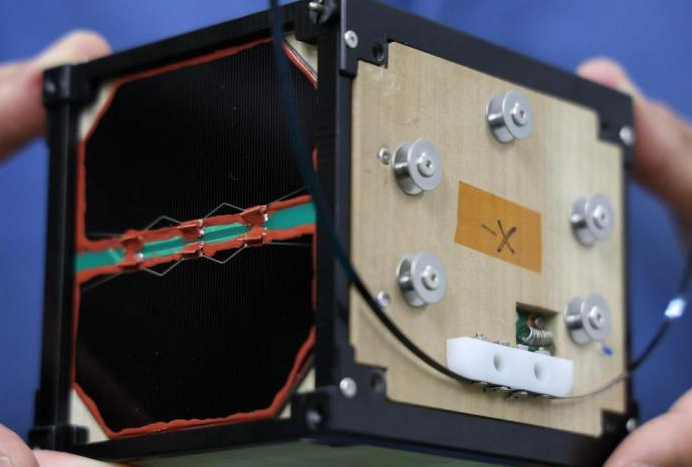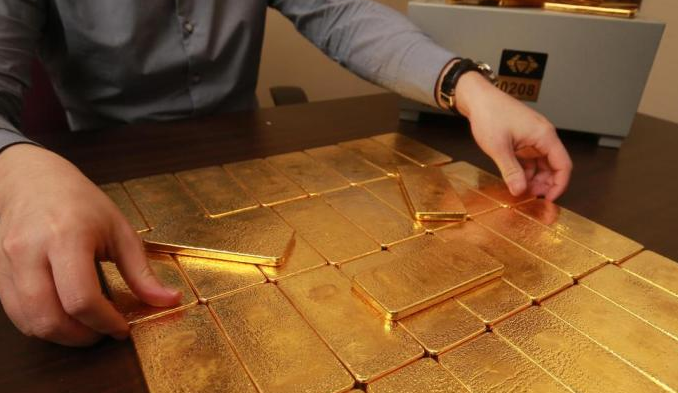
Japanese researchers have successfully launched the world’s first wooden satellite into space on Tuesday to conduct preliminary tests on the feasibility of using wood in missions to explore the Moon and Mars.
The satellite, named “LignoSat,” was developed by Kyoto University in collaboration with the construction company Sumitomo Forestry. It was launched aboard a SpaceX rocket to the International Space Station, where it will orbit at a distance of approximately 400 kilometers from Earth.
The wooden material used in the construction of this satellite comes from a Japanese cypress tree and was crafted using traditional Japanese techniques without the use of screws or adhesives. This mission aims to explore the potential of wood as a renewable material in space.
The palm-sized satellite will remain in space for six months, testing the durability of wood in extreme conditions. In space, the transition from day to night occurs every 45 minutes, and temperatures fluctuate between -100 degrees Celsius and 100 degrees Celsius.
Professor Takao Doi, the leader of the wooden satellite design team and a former astronaut from Kyoto University, highlighted that if wood proves to be a viable space material, humans could use it to build houses and live and work in space. The team’s long-term goal is to plant trees, harvest wood, and build houses on the Moon and Mars within 50 years.
Researchers believe that wood is more durable in space compared to on Earth, as there is no oxygen in space to cause wood to burn, and there is no water to rot the wood.
Wooden satellites are also more environmentally friendly than metal satellites. When metal satellites return to Earth after completing their missions, they release a large amount of aluminum oxide particles that can harm the ozone layer and impact the Earth’s ecosystem. In contrast, wooden satellites burn upon reentry into the atmosphere, causing lower levels of pollution.








